Guild Wars 2: Heart of Thorns devs on the new PvP game mode
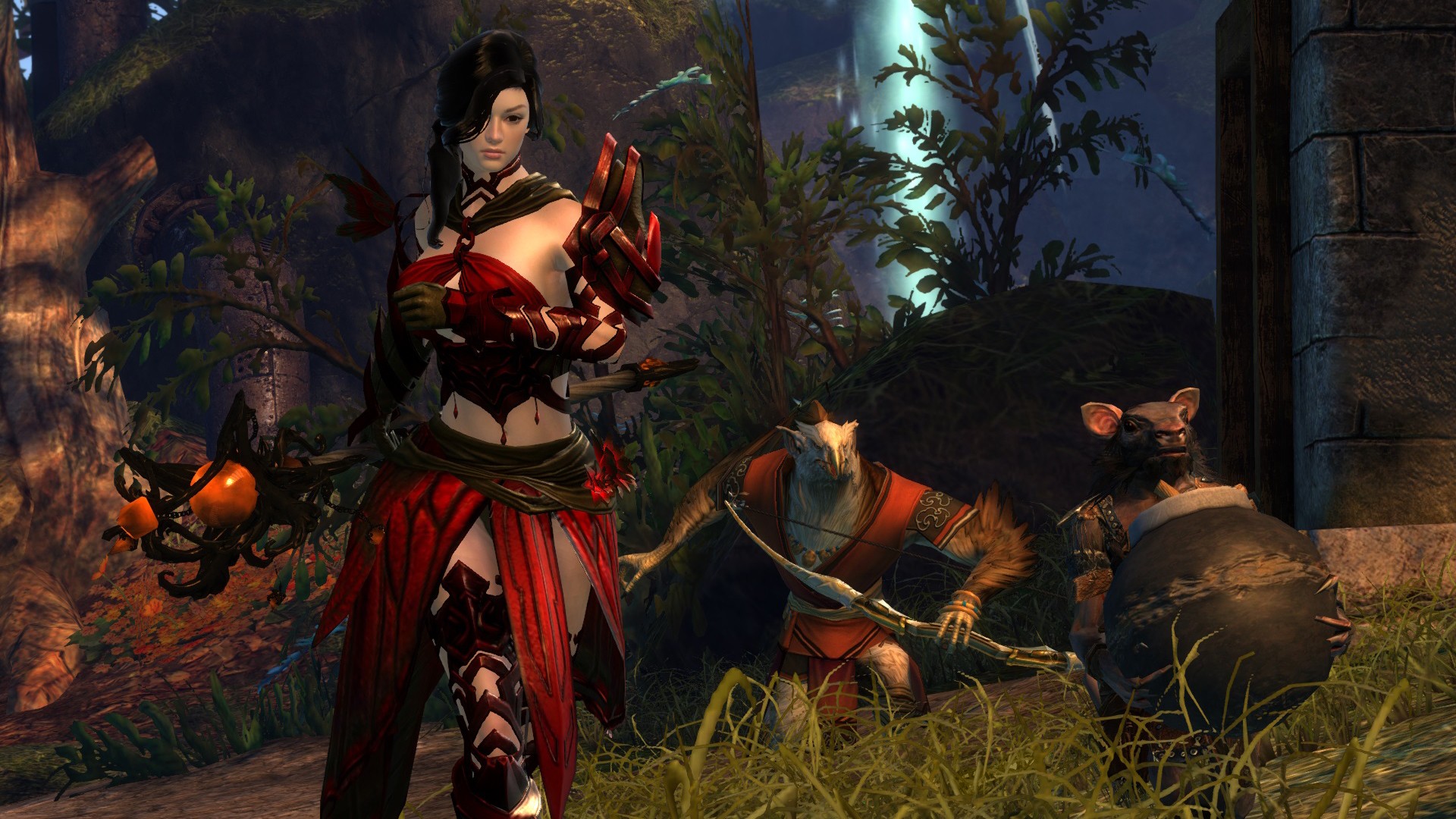
"One thing we saw with Conquest," says John Corpening, PvP Team Lead for Guild Wars 2, "was that because you had three capture points the things you were doing were the same in a bunch of different areas." Guild Wars 2's existing PvP mode is focused around its capture points. While secondary objectives attempt to add some variety to each map, the mode's primary skirmishes centre around the same basic interactions.
For Guild Wars 2: Heart of Thorns, the team are trying something different. It's called Stronghold – a new mode that will debut with the expansion's PvP map, Champion's Dusk.
"What we want to see is a fantasy RPG experience in Stronghold," says Corpening. "When you play Stronghold it feels more like a battle that you're participating in. Each side has their Lord, the Lord is nestled within their Stronghold, the Stronghold is defended by guards, and what you do is you raise up troops."
The ultimate objective for each team is to break through the opponent's Stronghold and kill their Lord. To do this, players must first work their way through their opponent's defence. The action takes place on two lanes – one attacking and one defending. To push an offensive lane, a team must gather supply from a central depot and spend it on NPC characters. Meanwhile, in the other lane, the opposing team will be sending NPCs of their own.
"We're very cognizant of the fact we want to keep this PvP centric," says Corpening. Rather than fight players, NPCs are designed to help a team push forward through the map. Players can spend supply on two different NPC types: Doorbreakers and Archers. Doorbreakers are a team's Skritt bomb squad. The hyperactive rat people deal massive damage to the gates protecting each Stronghold and Lord room. They're fragile, though, and won't fight other characters. One hit from an NPC guard will take them down.
Spawned archers will do a small amount of damage to the gate, but a large amount of damage to its guards. As such, each team has a number of options that will define their early push. Do they spawn archers, and let them harass the opponent's NPCs while defending their own gates, or do they pick doorbreakers, and personally shepherd them to their target? "We want NPCs that give players more tactical and strategic decisions in the map," says Corpening.
As well as NPC guards, each team has a trebuchet that can fling boulders across the map. Teams can use the trebuchet to control key points across the map – locking down the supply camp, or harassing an offensive push. Trebuchets are also vulnerable to enemy attack, but unlike gates, they can be instantly rebuilt by spending supply.
Keep up to date with the most important stories and the best deals, as picked by the PC Gamer team.
If some of these elements seem familiar, it's because they've been used as secondary objectives on existing Conquest maps. I ask to what extent these existing systems served as inspiration for Stronghold. "I think we learned a lot from what we've done in the other maps," says Corpening, "and also the community has given us a lot of feedback on the elements they'd like to see."
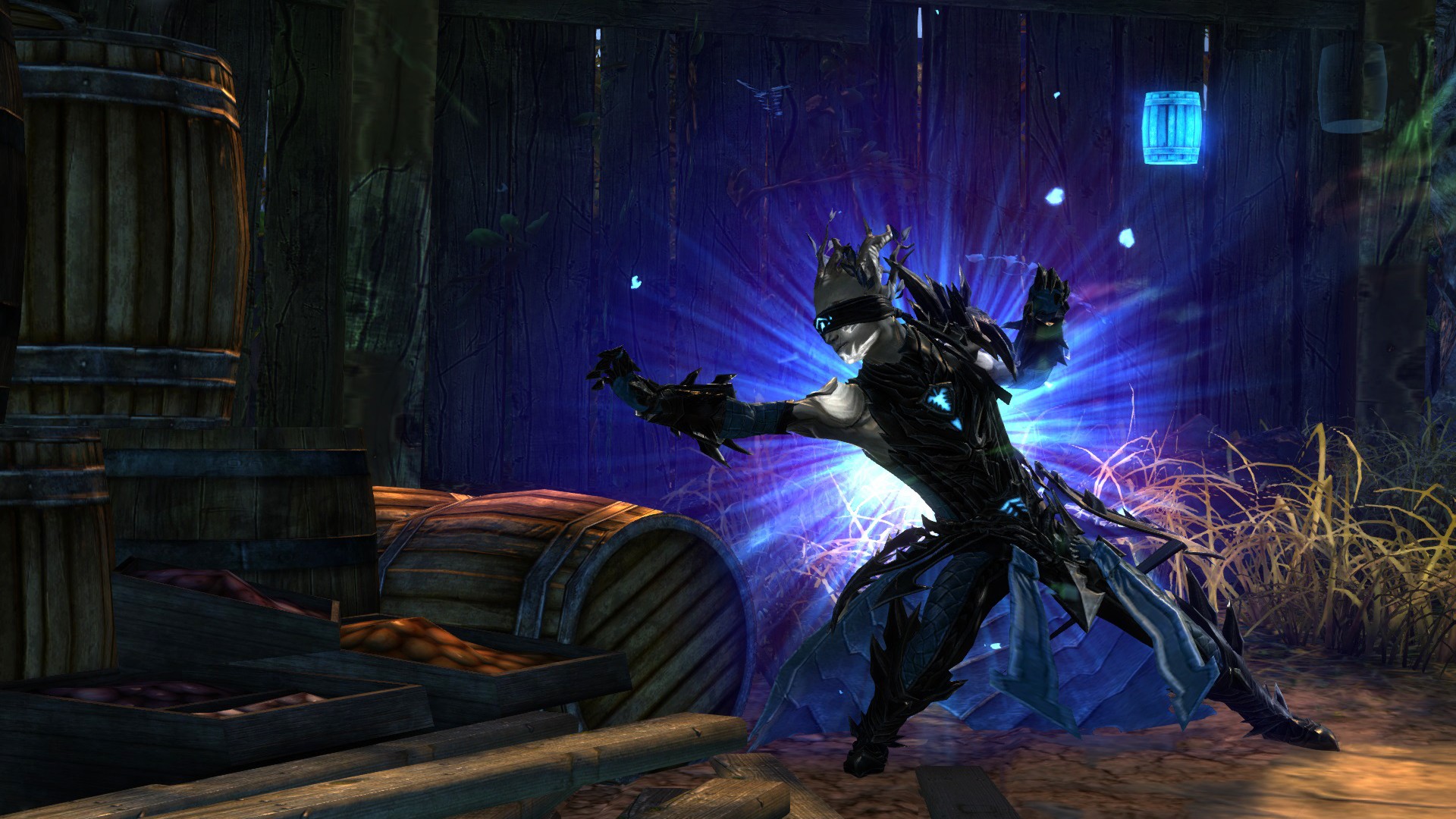
According to Corpening, Stronghold draws on a wide community wishlist. "They mentioned that it'd be cool if we had something that was like a condensed World vs World experience. They mentioned that we should try some more traditional game modes. People have been talking about their nostalgia for Guild Wars 1's Guild vs Guild. People have suggested that we look at MOBAs, that sort of stuff.
"Really what we did was we took all that feedback, and we looked at the mechanics that we've seen have worked for our game mode, and the mechanics that didn't work for our game mode, and really looked to make something that was right for Guild Wars 2 and the amazing combat we have. We took influences from all of those things, but it's not specifically any of those things."
Stronghold was designed to allow players to fit into specific roles, depending on their profession and build. Through testing, the team has already seen such roles naturally emerge. High DPS builds can attempt to clear the offensive lane of enemy players and NPCs, evasive builds lend themselves to ferrying supply, and support builds can use buffs to speed up and protect doorbreakers. Even manning the trebuchet has its own considerations, as the player can be harassed by a roaming opponent looking to destabilise the team's ability to control the map.
"We've seen all these roles," says Hugh Norfolk, Guild Wars 2's competitive designer, "and the best thing about that is there are multiple different skill levels. You don't have to be the best mechanical PvP player in the world to play. Conquest really was a very mechanical-based game. You had to be always fighting a player. It was more about who was better at their class. Stronghold really allows you to have a more high-level overview of the map. We've seen people that aren't super mechanically inclined at their class provide huge benefit on the map because they're communicating with their team."
"You can bring your friend who's not super-inclined toward PvP, and they can help you play," says Norfolk. "You may be the better player, and so you fight the enemy players while they support, or you go and defend the base while they give you doorbreakers and stuff like that. It's nice to see that on Stronghold."
At key points throughout the battle, players will be alerted to the arrival of a hero. These are Stronghold's super weapons – giving the team that recruits them a big offensive boost through buffs and, should they reach the Lord room, a powerful attack that damages all nearby opponents. It's a pace-changer for the battle. To recruit a hero, players must summon them with a ten-second channel. Where usually teams might split their focus across multiple objectives, heroes provide an excuse to gather together for a big fight.
"If they're on offence and the offensive push is really strong, sometimes they give up that thing," says Norfolk. "Other times it's like 'man, we've gotta send three or four people there.' As the map progresses you start getting multiple heroes on the map, and multiple opportunities to get that hero and to change that progress. If you get one and they get one then it becomes a really big decision. Do we go on the offence? Do we go on the defence? Do we split? If you get both, the train just roles and it gets really tough for the defence."
Where Conquest revolved around intense team-fights, Stronghold is designed for a more fluid, tactical style of competition. The hope is to balance multiple mechanics on a map that is easy to understand – both for players, and for viewers of Guild Wars 2's growing e-sports community. As with other elements of Heart of Thorns, ArenaNet is hoping that Stronghold will set the tone of the game for years to come. "We definitely believe people are going to love Stronghold," says Corpening, "and we want to see what the reaction is to it. We definitely see this being the future of PvP for Guild Wars 2."
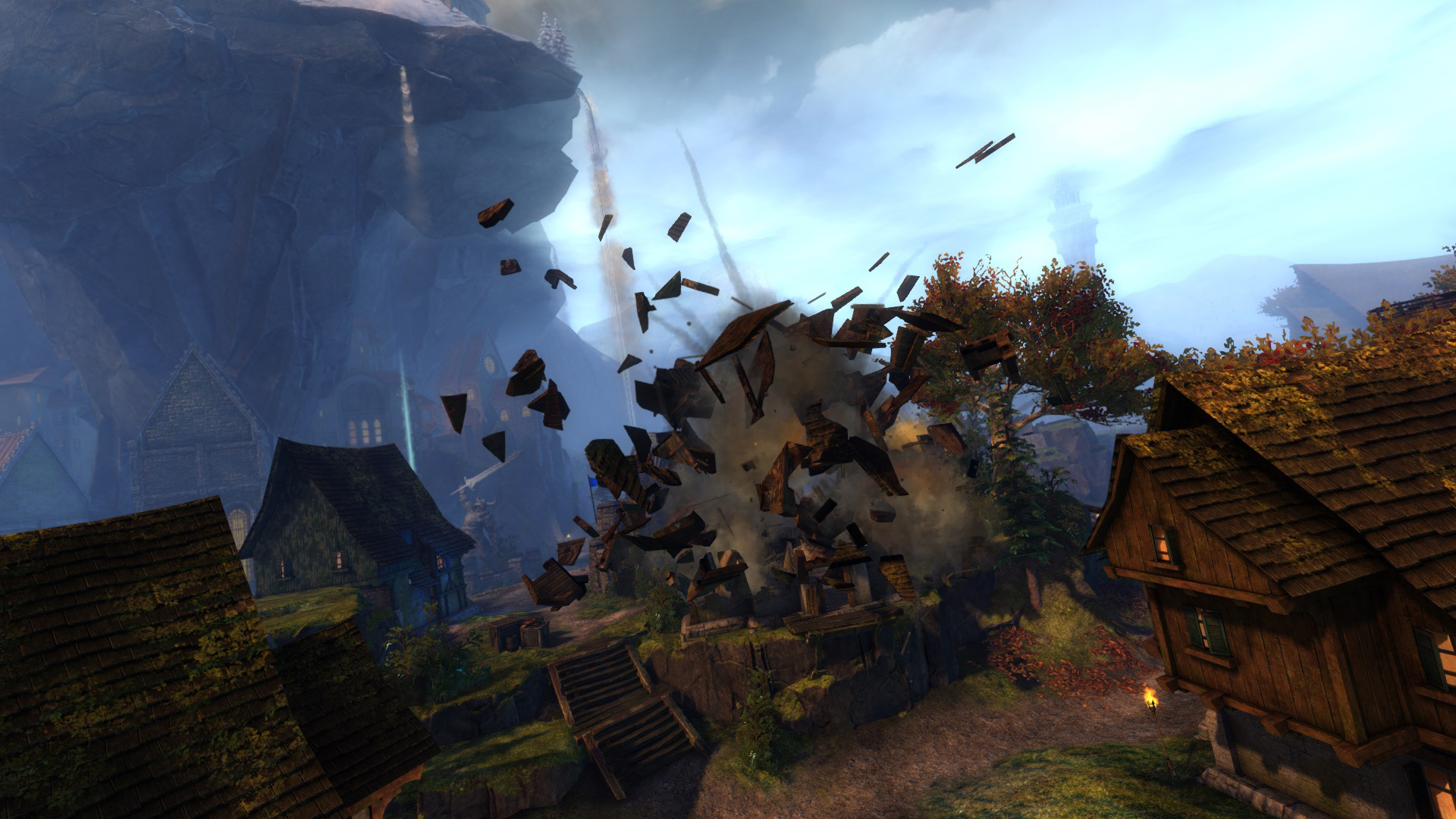

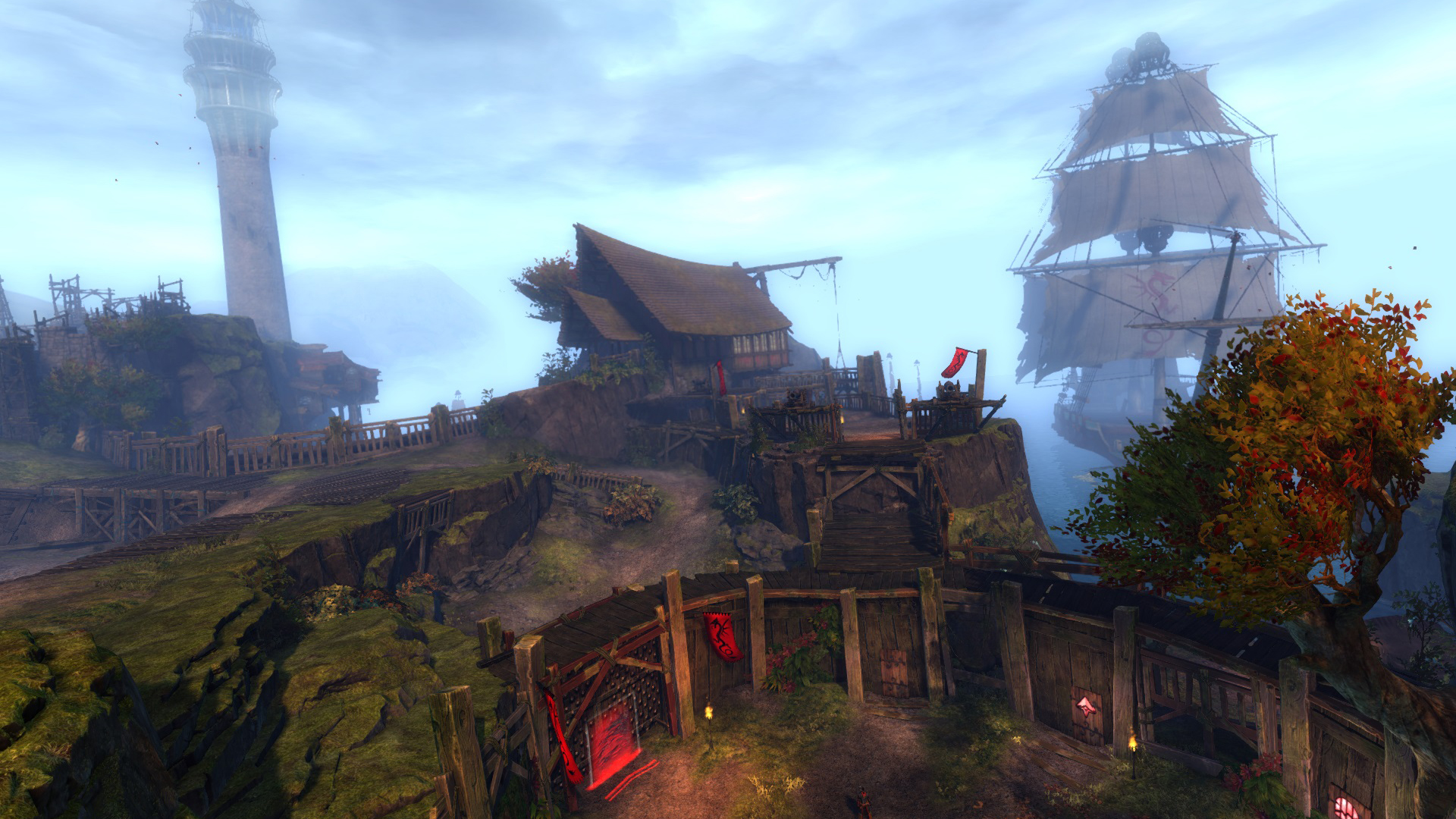


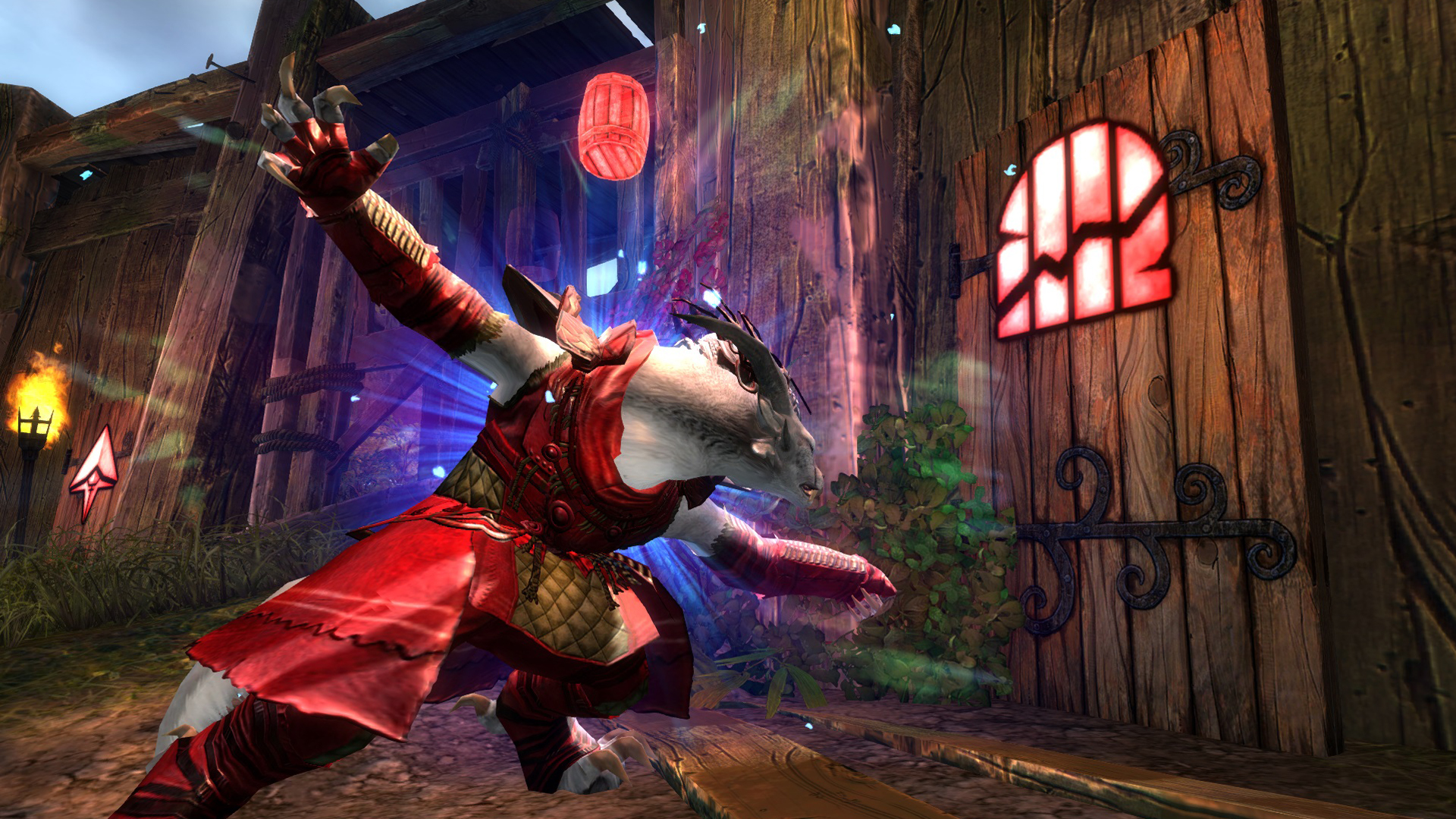
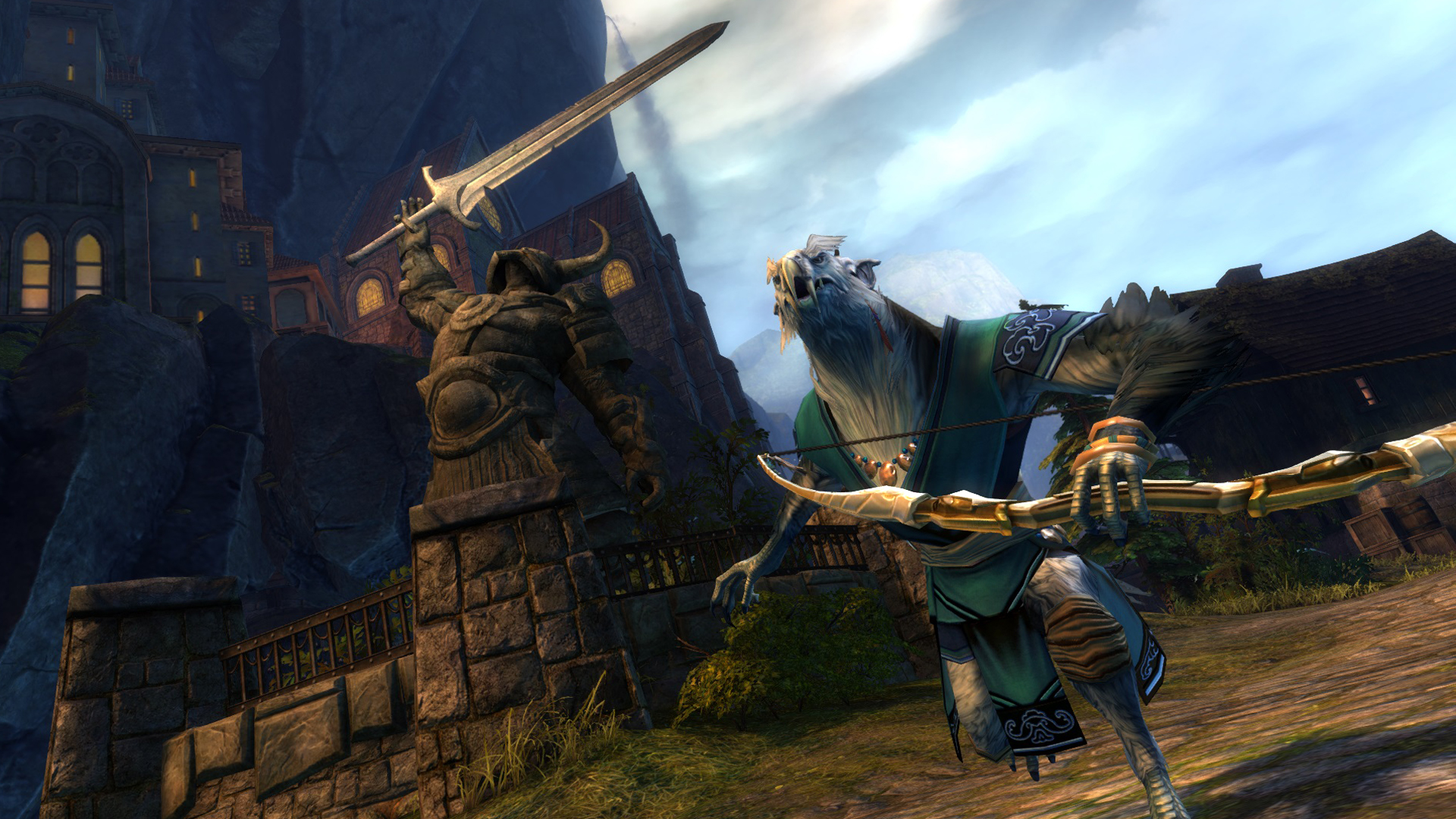

Phil has been writing for PC Gamer for nearly a decade, starting out as a freelance writer covering everything from free games to MMOs. He eventually joined full-time as a news writer, before moving to the magazine to review immersive sims, RPGs and Hitman games. Now he leads PC Gamer's UK team, but still sometimes finds the time to write about his ongoing obsessions with Destiny 2, GTA Online and Apex Legends. When he's not levelling up battle passes, he's checking out the latest tactics game or dipping back into Guild Wars 2. He's largely responsible for the whole Tub Geralt thing, but still isn't sorry.

